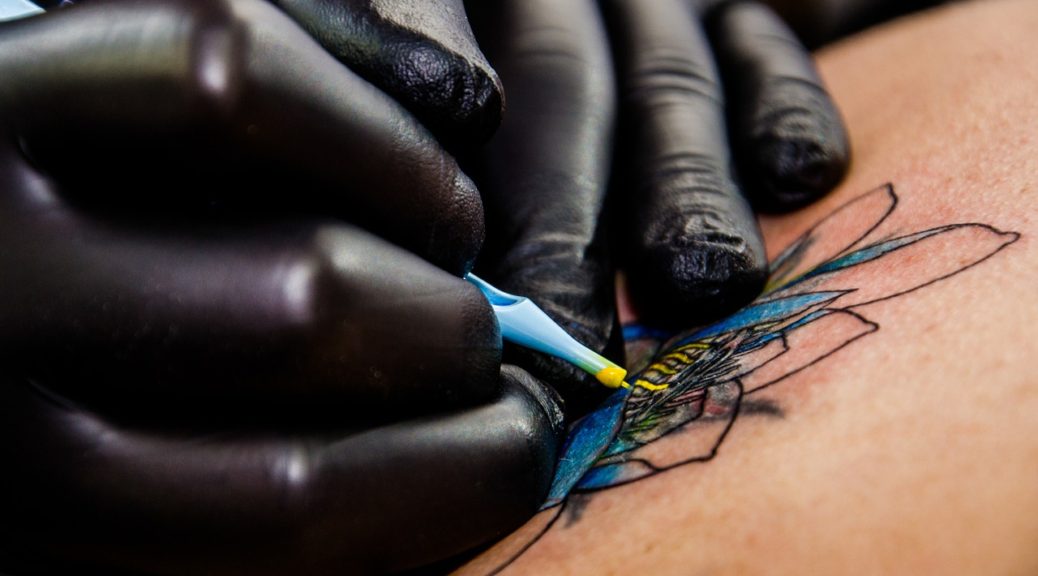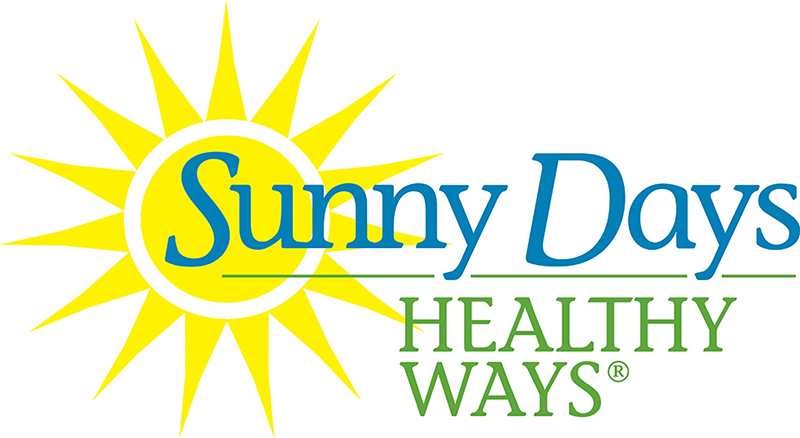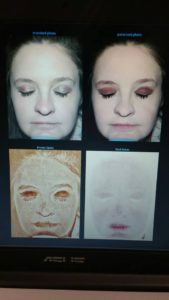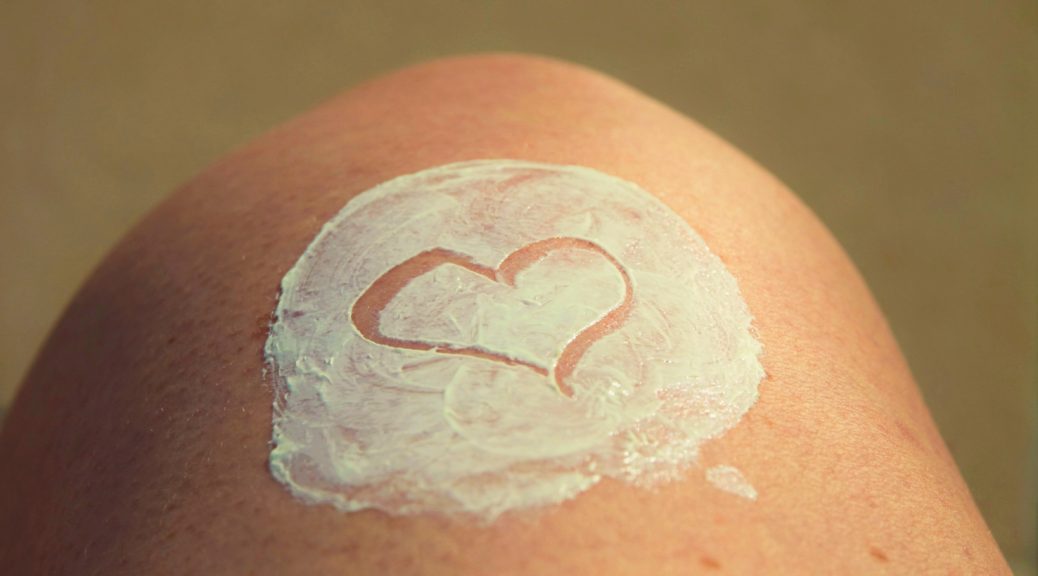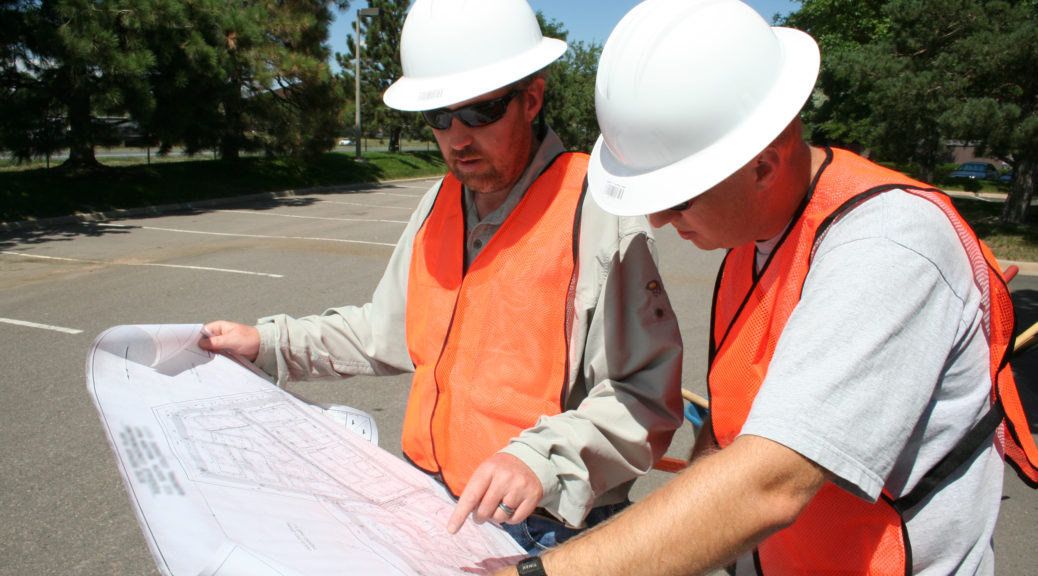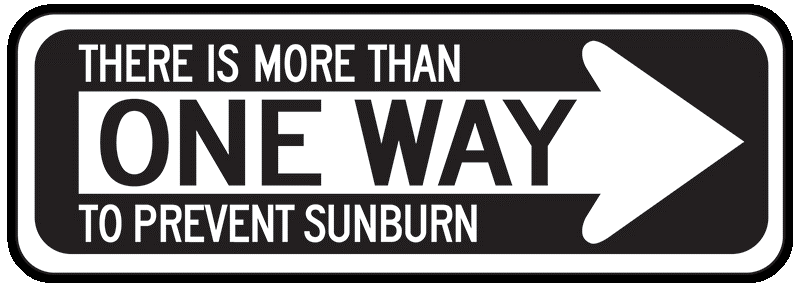Exposure to the sun’s UV rays is the biggest risk factor for skin cancer. It is also the easiest risk factor to modify through practicing sun-safe behaviors. Outdoor workers are at an elevated risk for skin cancer, especially melanoma, due to the amount of UV exposure they endure over the years. In a recent ePub-ahead-of-print paper in the Journal of Occupational and Environmental Medicine, Klein Buendel’s Dr. Barbara Walkosz, Dr. David Buller, Ms. Mary Buller and their co-authors discuss the outcomes of the follow-up assessment to Sun Safe Workplaces, a workplace sun safety program that promoted sun safety policy adoption and education.
Two years after the Sun Safe Workplaces intervention, a follow-up assessment was conducted to determine the impact of the program on employee sun safety behavior. All participants of the original intervention (n=98) were invited to partake in the two-year assessment and 63 (n=33 for intervention, n=30 for control) participated. The sample included local government organizations throughout Colorado with outdoor workers in at least one of the following service areas: parks and recreation, public works, and public safety. Project staff visited each employer to evaluate the sun protection policies in place, sun protection messages, and personal sun protection equipment available at each organization. An assessment of the sun safety policies was conducted that included three domains (administrative procedures, environmental controls, and personal protection practices) with 15 content categories. Additionally, policy implementation was measured through senior manager and line supervisor reports on whether or not employers communicated or provided training about sun safety to employees and/or provided any of the types of the recommended personal sun protection equipment for employees (sunscreen, wide-brimmed hats, sunglasses, long-sleeved shirts, long pants, or outdoor shade). Lastly, key contact managers were asked to assist study staff with distributing self-administered surveys to front-line supervisors and employees who worked outdoors, which included time spent outdoors at work, frequency of sun protection at work, prevalence of sunburn in the past 12 months on the job, attitudes toward occupational sun safety and self-efficacy for sun safety on the job, attitudes toward workplace health and sun safety policy, and job and demographic information. A total of 1,784 (n=913 for intervention, n=871 for control) outdoor workers completed surveys.
Results showed that compared to control workplaces, employees in the intervention workplaces reported more sun protection practices overall as well as more frequent use of sunscreen on the body, wearing of wide-brimmed hats, and more often had sunscreen, sunglasses, and a hat with them when at work. Employees in the intervention workplaces also reported fewer sunburns than those in the control workplaces. Additionally, sun protection messages and equipment, as well as employee training in sun safety, were more likely to occur in intervention workplaces and such actions increased the frequency of employees having sunscreen, sunglasses, and a hat on the job. For employees at employers with a best-practice policy, the total composite sun safety score was significantly higher than in the no-policy group and employees also reported more frequent use of sunscreen on the face and other exposed body parts and having sunscreen, sunglasses, and a hat with them while at work compared to those at no-policy employers. However, unlike the intervention group, there was no effect of policy on the prevalence of sunburns among the employees.
The authors concluded that policy adoption is an important step towards improving sun protection and preventing sunburns on the job for outdoor workers but recommend that a robust approach that includes a policy, training for employees, and personal protection equipment that can support sun safety is needed to effectively change employees’ sun protection behaviors.
This research was funded by a grant from the National Cancer Institute at the National Institutes of Health (RO1CA134705; Dr. David Buller and Dr. Barbara Walkosz, Principal Investigators). Coauthors included Ms. Mary Buller, Dr. Alan Wallis from University of Colorado Denver, Dr. Richard Meenan from the Kaiser Permanente Center for Health Research, Dr. Gary Cutter from Pythagoras, Dr. Peter Andersen from San Diego State University, and Dr. Michael Scott from Mikonics.
